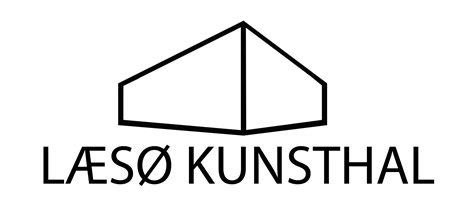Post-election: political rebellion on Laesoe
Soon after the general elections in Denmark, some of the most prominent national and international profiles will exhibit in the first group exhibition for political art in Denmark.
Chinese Ai WeiWei, British Banksy, Swedish Lars Vilks and Danish Firoozeh Bazrafkan are among the 13 artists taking part in an exhibition at Laesoe Art Hall.
“Political art represents both the fight and the vaccine against the culture of silence that exists in every society. The political artist breaks down taboos so that paths are opened for exchanging thoughts and ideas between individuals and between citizens and leaders. For this reason, political art is essential. And for this reason, this exhibition is essential,” says the curator of the art gallery Jon Eirik Lundberg of the background behind the exhibition.
Artists under threat
The exhibition has been underway for a while, since the art gallery has wished to gather some of the most pioneering names in this distinct area of the world of art. The idea of the exhibition was formulated in 2017, and the work culminates this summer in an exhibition of 230 SQM with political artists from all over the world who have paid for their art with imprisonment, fines, assaults and death threats. The work on this project brought about a collaboration with the group Passion For Freedom, which has presented political art in London for the last ten years. One of its members, Agnieszka Kolek, participates in the exhibition on Laesoe.
The purpose of the exhibition is to make political art known and to let people reflect over the reactions to political art within themselves and within others – and why they have this impact. The leader of the art gallery Jon Eirik Lundberg states that the exhibition is also a tribute to political artists:
Revealing the limits to freedom
“Like the canary in the old days showed miners when the air was running out, the political artist unveils where the limits to free speech are in a society. The political artist supports the individual’s opportunity to live in freedom. In totalitarian regimes, the artist lives with their own life and freedom on the line, but also in our part of the world we see that he or she is assaulted, threatened and shamed out. We see often that their artworks – sometimes deliberately – are interpreted as specific political opinions, and that the artist must account for opinions simply because they are included in elements of his or her artwork,” says Jon Eirik Lundberg.
Provocative art
Political art, unlike many other forms of art, relates itself specifically to society and for this reason often seems disturbing or even provocative for the viewer. Political artists are also often misunderstood as provocateurs for the sake of provocation or promoting a political agenda. But there is a huge difference between politics and political art, and one of the ambitions behind the exhibition is precisely to spread awareness of this distinction, says the curator of the art gallery:
“Art does not have a defined goal as politics do. And while politics is about providing answers, the intention of art is to ask questions. That is why we need political art. We must – however provocative it may be – be able to relate to all questions about our society and opinions without always having to provide an answer.”
The exhibition “Political art” runs from Friday 7th June to Sunday 28th July 2019. The following artists are participating with their works:
- Agnieszka Kolek (Poland/United Kingdom)
- Ai WeiWei (China)
- Banksy (United Kingdom)
- Dan Park (Sweden)
- Erik K. Christensen (Denmark)
- Firoozeh Bazrafkan (Denmark/Iran)
- Gongsan Kim (North Korea/United States)
- Kristian von Hornsleth (Denmark)
- Lars Vilks (Sweden)
- Lina Hashim (Denmark/Iraq)
- The Nielsen Movement (Denmark)
- Mimsy (United Kingdom)
- Uwe Max Jensen (Denmark)
The exhibition is generously funded by The Danish Arts Foundation, Fountainhead, Knud Hoejgaard’s Fund and Obelske Familiefond.
